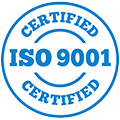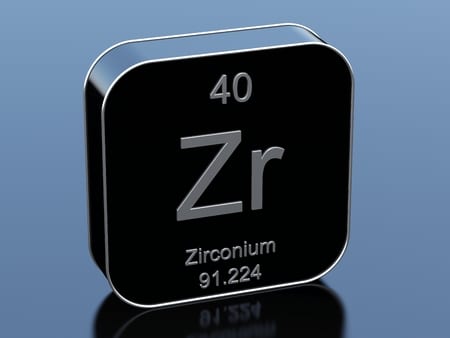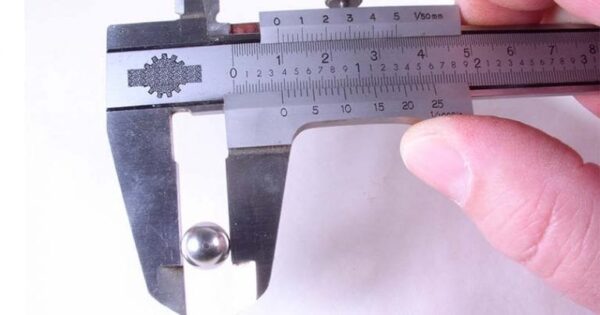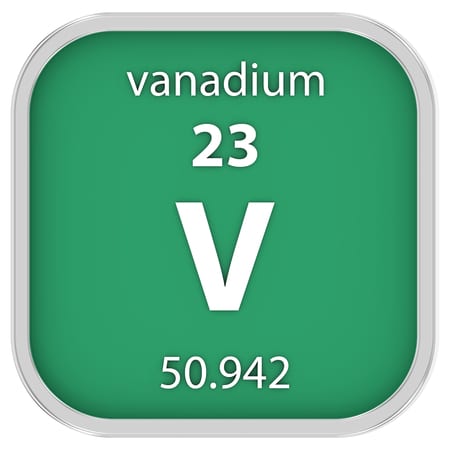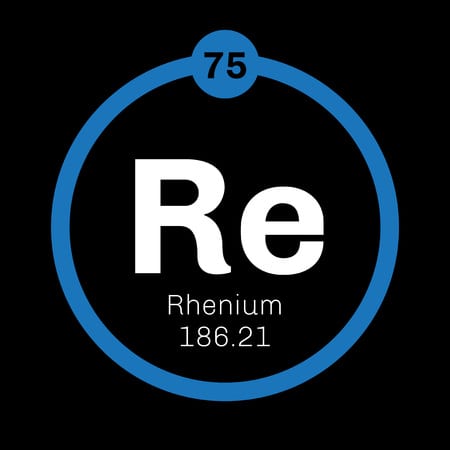
There are a wide range of items you use made from aluminum. From bicycle frames and ladders to mailboxes and window frames to patio furniture and even car rims, you can find aluminum in so many different items. And of course, just about everyone is familiar with the aluminum foil used to wrap up leftovers… Lau ke lahi ange »

